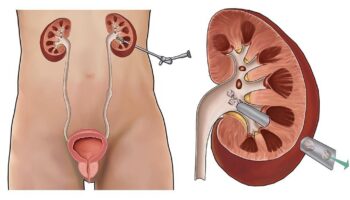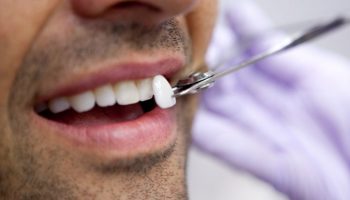Loss of hair is not something new to many people worldwide. However, most people think that only men suffer from hair loss, but even women can. According to research, men are affected the most. If you are one of those suffering from hair thinning, here is a solution to your problem. Hair restoration is a technique that uses your own hair from other body parts to restore hair on your head or eye blows. Donor parts can be either back of your head, chest, thighs, and chin. For hair restoration, visit the best hair transplant specialist in Lakewood Ranch. You might ask yourself whether you are a candidate for hair transplant. The below paragraph explains.
Who is the best candidate for hair transplant?
Even if you are experiencing hair thinning, you might not qualify to be a candidate for hair restoration. Before your doctor gives you hope of restoring your hair, the full body is examined to check the presence of diseases such as diabetes, cancer, HIV, and others. If you have diabetes, incisions made during the transplant might take longer to heal. Moreover, cuts that are made around donor areas might become infected due to a prolonged healing period. If you are free from diseases, other factors like lack of hair can prevent you from undergoing a hair transplant. Your doctor will check the amount of hair around the donor area to declare you as a candidate.
After examination, your doctor will then take you through some advantages and disadvantages of hair transplant. If you feel uncomfortable coping with the side effects, you can quit the hair restoration procedures. However, if your body is healthy and strong, side effects are not prevalent. Below are the major types of hair restoration.
The primary types of hair restoration
There are several types of hair restoration techniques available at the doctor’s office. They include:
- Hair transplant. Hair transplant is the most recommended during hair restoration. First, your surgeon removes hair follicles from the donor area. Incisions are then made using a needle where the follicles are placed one by one. The cut that is made during the follicle removal is covered with the remaining hair to heal. Donor areas can be either at the back of your head or the sides of your head.
- Tissue expansion. This technique uses a device that is called tissue expanders. The device is placed under the donor area next to the part of the treatment. The device treatment makes your hair expand over time, covering the area without hair.
- Flap surgery. During the flap surgery, your surgeon removes the skin of the bald area. Then, a piece of skin with hair is placed on top of the bald spot. After treatment, the hair grows as usual.
Hair restoration is a cosmetic procedure that insurance does not cover. It is essential to get a professional who will minimize the chances of side effects after the hair restoration. Honest Hair Restoration Center has the best doctors who can take you through hair restoration procedures.





